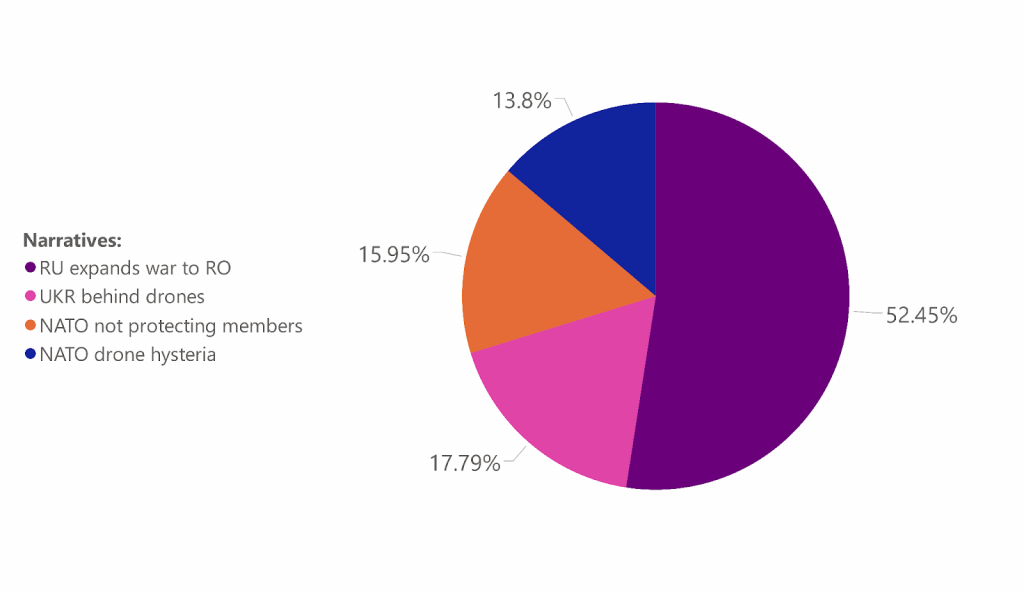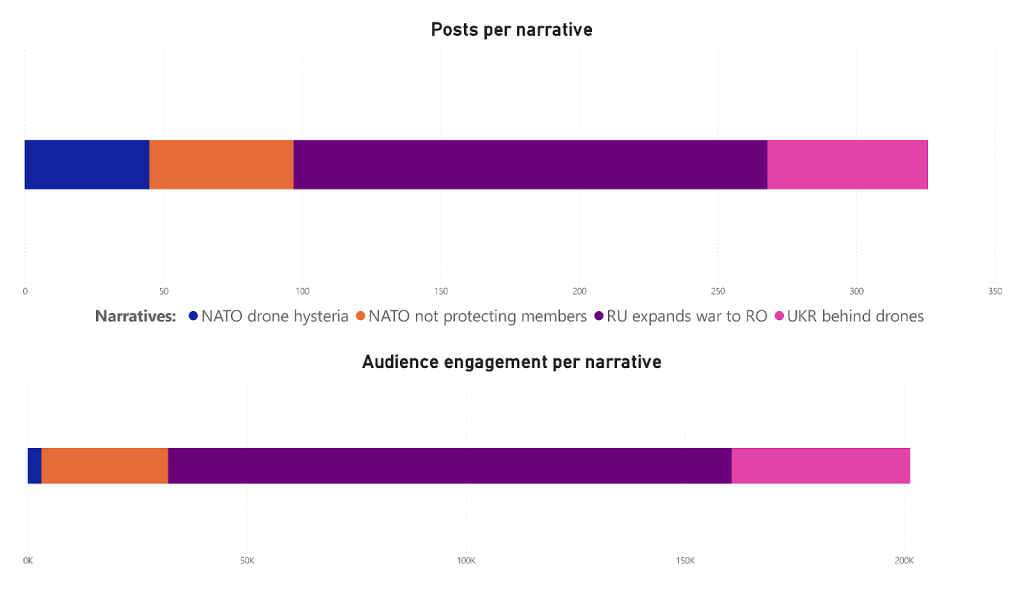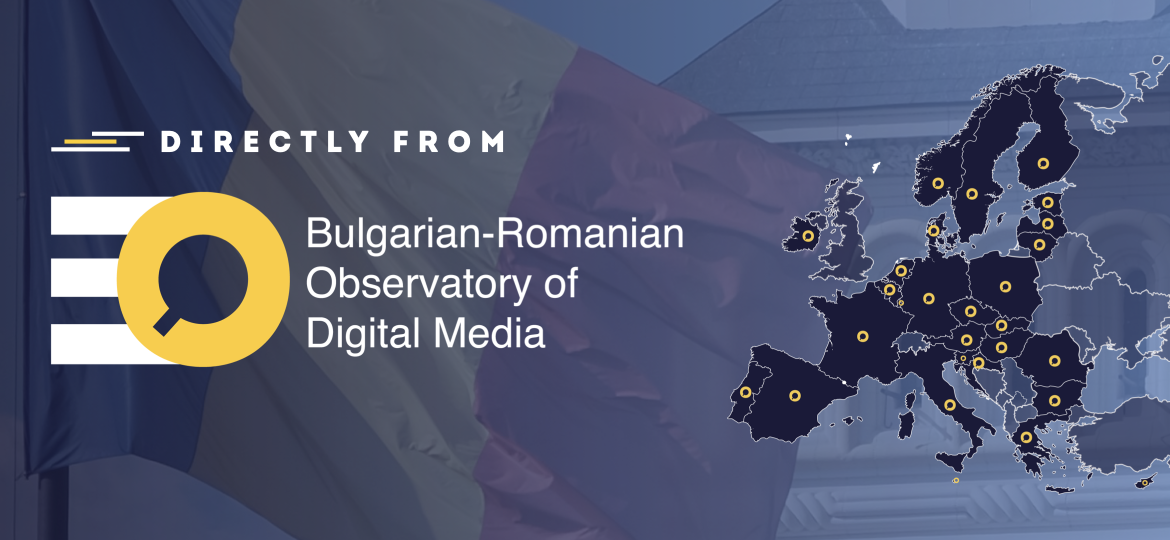Context: The Drone Incident of September 13, 2025
On Saturday afternoon, September 13, 2025, a Russian drone violated Romanian airspace during a Russian attack on Ukrainian Danube infrastructure. The incident prompted Romanian authorities to issue RO-Alert warnings for the northern part of Tulcea County, advising the local population of potential falling debris and urging them to seek shelter. Two F-16 fighter jets were immediately scrambled from Fetești Air Base to monitor the aerial situation at the Ukrainian border.
The drone was detected by Romanian radar systems at 18:23 and tracked by F-16 aircraft until it disappeared from radar approximately 20 kilometers southwest of Chilia Veche, likely having crashed in the area. The Romanian pilots tracked the drone but did not shoot it down, despite having legal authorization to do so. Romanian Defense Minister Ionuț Moșteanu confirmed that the aircraft had legal authorization to engage the drone, stating that the pilots “were very close to bringing it down” before the drone flew low and eventually departed toward Ukraine. Specialist teams were prepared to search for possible debris from what appeared to be a crash.
This decision not to engage the drone occurred just days after Poland had intercepted and shot down multiple Russian drones in its own airspace for the first time since the war began. The Romanian pilots’ restraint, while potentially following rules of engagement to minimize civilian casualties, generated significant public criticism and debate about Romania’s defensive posture compared to Poland’s more assertive action.
How the drone incident unfolded in Social Media?
The contrast between Romania’s restrained approach and Poland’s engagement created a perception gap that would later be exploited in various narratives, with some portraying Romania as weak or indecisive, while others used the incident to question NATO’s collective defense capabilities and commitment to protecting Eastern European members.
While the factual details of the drone incident were documented by Romanian authorities and confirmed by multiple official sources, the event immediately became the subject of competing narratives in the digital information space. Social media platforms and various online channels began circulating alternative explanations and interpretations of the incident, many of which deviated significantly from the established facts.
Funky Citizens examined four primary false narratives that emerged in social media following the drone incident:
1. Ukraine Behind Drones – A narrative claiming that Ukraine, not Russia, was responsible for the drone incidents, suggesting deliberate false flag operations to manipulate NATO and extract Western funding.
2. Russia Expands War to Romania and Poland – Framing that portrays the incidents as Moscow’s calculated expansion of the conflict into NATO territory through deliberate testing of alliance defenses.
3. NATO Not Protecting Members – Messaging that undermines NATO’s credibility by portraying the alliance as weak and incapable of protecting Eastern European members from repeated airspace violations.
4. NATO Drone Hysteria – A counter-narrative dismissing the incidents as exaggerated propaganda designed to justify NATO militarization and escalation in Eastern Europe.
Social media analysis
The following analysis examines each narrative in detail, showing how these disinformation narratives contributed to increasingly polarized discussions on national security matters during a period of heightened geopolitical instability.
We analyzed a total of 18,316 posts across multiple platforms, including Telegram, X, Facebook, BlueSky, and various news sites, offering a comprehensive overview of how these narratives circulated and were amplified within both social media and online media ecosystems. Out of these posts, we identified 326 narratives containing controversial claims.

Ukraine behind drones
The content revolves around the recurring narrative that Ukraine, not Russia, is responsible for drone incidents in Romania and Poland. Multiple posts and media snippets claim that President Zelensky is deliberately launching or staging drone incursions into NATO airspace to provoke panic, extract more Western funding, and push NATO into direct confrontation with Russia. The storyline paints Europeans as “cowardly” and easily manipulated, while presenting Ukraine as exploiting this fear by conducting false flag operations with captured or decoy drones. In this framing, Russia is depicted as having “no reason” to target Poland or Romania, while Ukraine supposedly gains propaganda and financial benefits.
A second layer of the discourse positions these drone incidents as part of broader “Western provocations” involving Moldova, Romania, and other Eastern European states. Claims circulate that Moldovan fighters in Ukraine, French and British intelligence, and NATO-linked structures are organizing staged operations to escalate tensions and drag the region deeper into war. These narratives attempt to shift blame away from Russia, portray Ukraine and its allies as reckless instigators, and argue that the West is orchestrating destabilization efforts in order to weaken Russia and sacrifice Eastern European countries for its own interests.
Russia expands war to Romania and Poland
This cluster presents the narrative that Russia is expanding the war into NATO territory by sending drones into Romania and Poland. Multiple reports describe Romanian and Polish fighter jets being scrambled after drone incursions, with claims that one drone entered 10 kilometers into Romanian territory and operated for nearly an hour in NATO airspace. The incidents are framed as deliberate tests of NATO’s defenses, signaling a calculated escalation by Moscow without openly starting a full-scale conflict. Commentators emphasize that these actions prove Europe is already at war and that Russia is probing Eastern Europe’s security boundaries.
Another key theme is the Western and Ukrainian framing of the drone violations as an obvious expansion of Russia’s war. Zelensky warns that the drone routes are carefully planned, not accidental, and urges preventive action, sanctions, and collective defense before larger attacks occur. EU and NATO officials echo this by calling the incursions reckless escalations requiring a stronger response. Overall, the cluster portrays the breaches as a turning point that shows the Kremlin moving beyond Ukraine and directly challenging NATO, demanding urgent countermeasures.
NATO not protecting members
This cluster highlights repeated reports of Russian drones entering Romania’s airspace, with parallels drawn to earlier incidents in Poland. Posts describe the events as deliberate Russian incursions, stressing that drones flew over Romanian territory for nearly an hour, forcing the country to scramble military aircraft. Ukrainian officials, echoed by media outlets, argue that such actions cannot be accidental but are calculated steps in Moscow’s strategy to escalate the war beyond Ukraine. Zelensky warns that these are “small steps at first, leading to big losses,” urging NATO to respond with stronger sanctions and collective defense measures.
Alongside these alerts, the messaging carries a strong critique of NATO’s credibility. Phrases like “the incursions will continue until NATO gets a backbone” and “NATO not protecting members” frame the alliance as weak, indecisive, or incapable of safeguarding its own territory. This framing seeks to undermine trust in NATO’s deterrence role by suggesting that repeated airspace violations go unpunished, leaving Eastern European members exposed. The overall narrative portrays Russia as actively testing NATO while the alliance hesitates, amplifying fears of abandonment among front-line states like Romania and Poland.
NATO drone hysteria
This cluster frames reports of Russian drones entering Romanian and Polish airspace as exaggerated or fabricated “drone hysteria” promoted by NATO and Western media. Posts argue that the “global narrative is crashing” because Poles themselves are mocking the idea of Russian drone threats, suggesting that the incidents are overblown propaganda. Romanian authorities are said to summon the Russian ambassador and scramble jets, but commentators dismiss these actions as staged dramatization, noting that drones routinely pass near Romanian territory without posing real danger. The messaging implies that the West deliberately inflates these events to create fear and justify a stronger NATO presence in Eastern Europe.
A second strand expands the argument, linking drone incidents to NATO militarization and escalation. Narratives highlight Romania’s and Poland’s heightened alerts, U.S. commitments to defend “every inch of NATO territory,” and large-scale exercises like Grand Eagle 25 and Quadriga 2025. According to this framing, “mass hysteria” about drones provides the pretext for troop deployments, air defense buildups, and preparation for a future war, including scenarios like a blockade of Kaliningrad. The posts stress that Western leaders are exploiting fear of Russia to mask economic and social problems and to advance a long-term plan of militarization, while ordinary people are ridiculing the alleged “Russian threat.”
Other reporting of RO incident
Additional reporting on the Romanian incident highlights several operational details. The Ministry of Defense confirmed that two F-16s were scrambled from Fetești/Borcea after a “UAV” was detected in the Tulcea–Chilia Veche area. Multiple accounts state that the drone allegedly penetrated about 10 km into Romanian airspace and remained there for roughly 50 minutes before returning toward Ukraine. Local residents reportedly received RO-Alert messages about the possible fall of aerial objects, with authorities stressing that Romania was not the target and the population was not in danger. Narratives vary between the drone being “intercepted and tracked without engagement,” “disappearing from radar,” and “debris found near Chilia,” though no evidence was provided for the latter.
On the institutional and diplomatic side, reports note Romania’s official condemnation of Moscow, the summoning of the Russian ambassador, and coordination with NATO allies, including synchronized alerts with Poland and heightened readiness of alliance assets. Commentators emphasize the legal distinction between an “airspace violation” and an “armed attack,” while also questioning Romania’s rules of engagement, asking why the F-16s did not fire if the drone was leaving Romanian territory and escalation risks were high. Several posts also point to corrections of earlier misattributions such as wrong officials cited in some social media posts and stress the need for clearer national anti-drone protocols integrated with NATO’s air defense system on the eastern flank.
Dissemination and audience reception
As observed in the visualization below, there is a relationship between the number of posts belonging to the narratives analyzed and their audience engagement, except for “NATO not protecting members”, which has a less prominent audience reception than the number of posts it was disseminated through.

Fact-checking corner – debunking the narratives
Factual investigated claims that Ukraine had sent old Russian drones to attack Poland, finding clear evidence that the September 9-10 drone incursions were Russian operations. Polish officials presented debris and technical analysis to the UN Security Council proving the drones were Russian-operated Geran models used in attacks on western Ukraine, not Ukrainian false flag operations as suggested online.
Claims that the drone entering Romanian airspace on September 13 was Ukrainian were also refuted. Romania’s Defense Ministry officially confirmed the aircraft was a Russian Geran drone from Iran’s fleet sold to Russia for use against Ukraine. Despite official statements clearly identifying Russian responsibility, speculation about Ukrainian involvement persisted on social platforms.
Factual also confirmed that Romania had established legal procedures for handling such incidents through Law 73/2025, which authorized drone interception while prioritizing civilian safety. This explained why Romanian pilots, though authorized to shoot, chose not to engage due to collateral damage risks.
This material is part of our ongoing work with the Bulgarian-Romanian Observatory of Digital Media, member of EDMO.
Author: Funky Citizens / BROD
